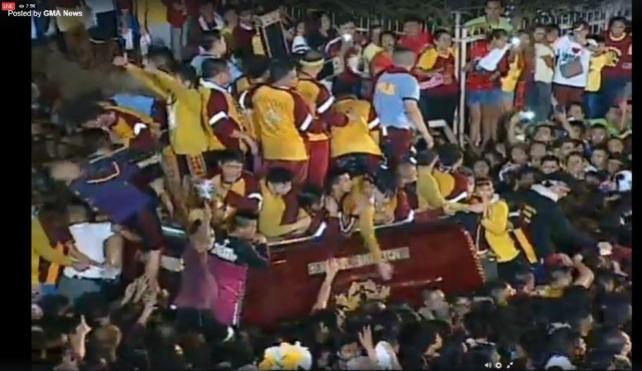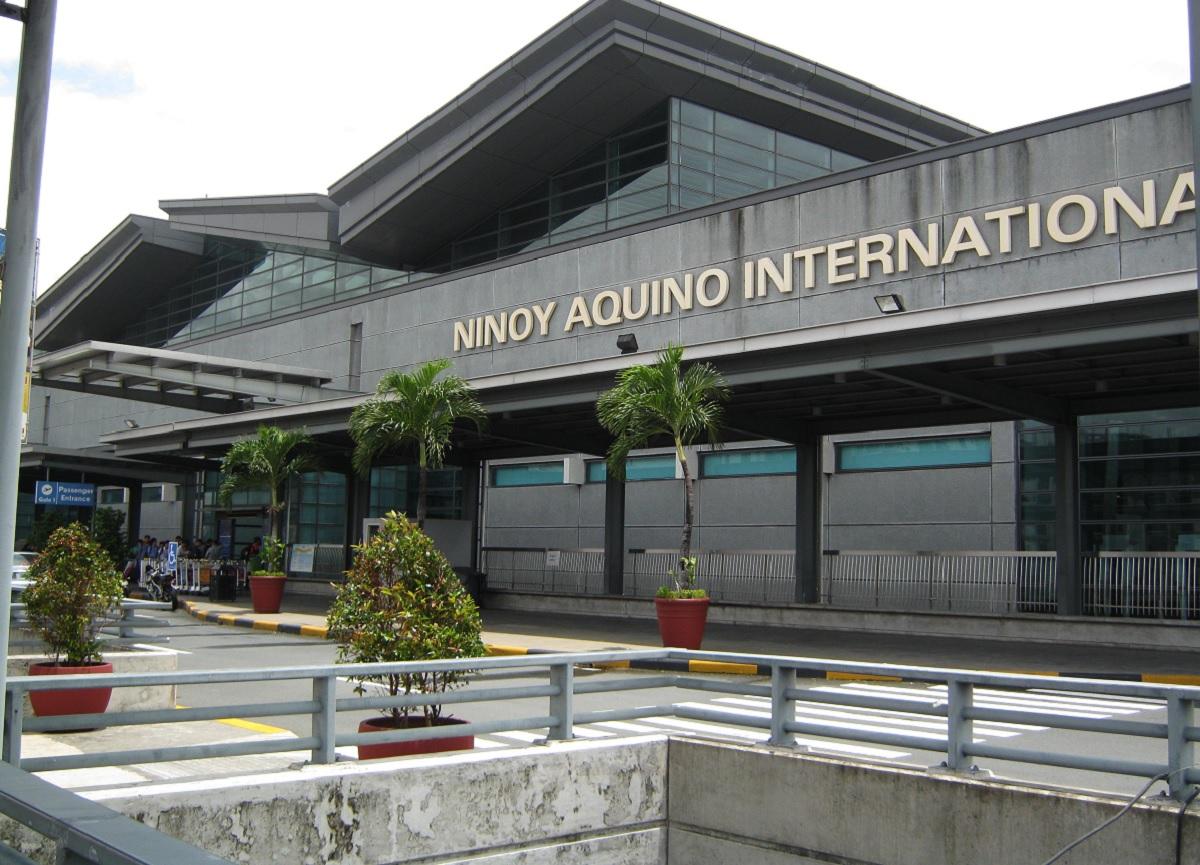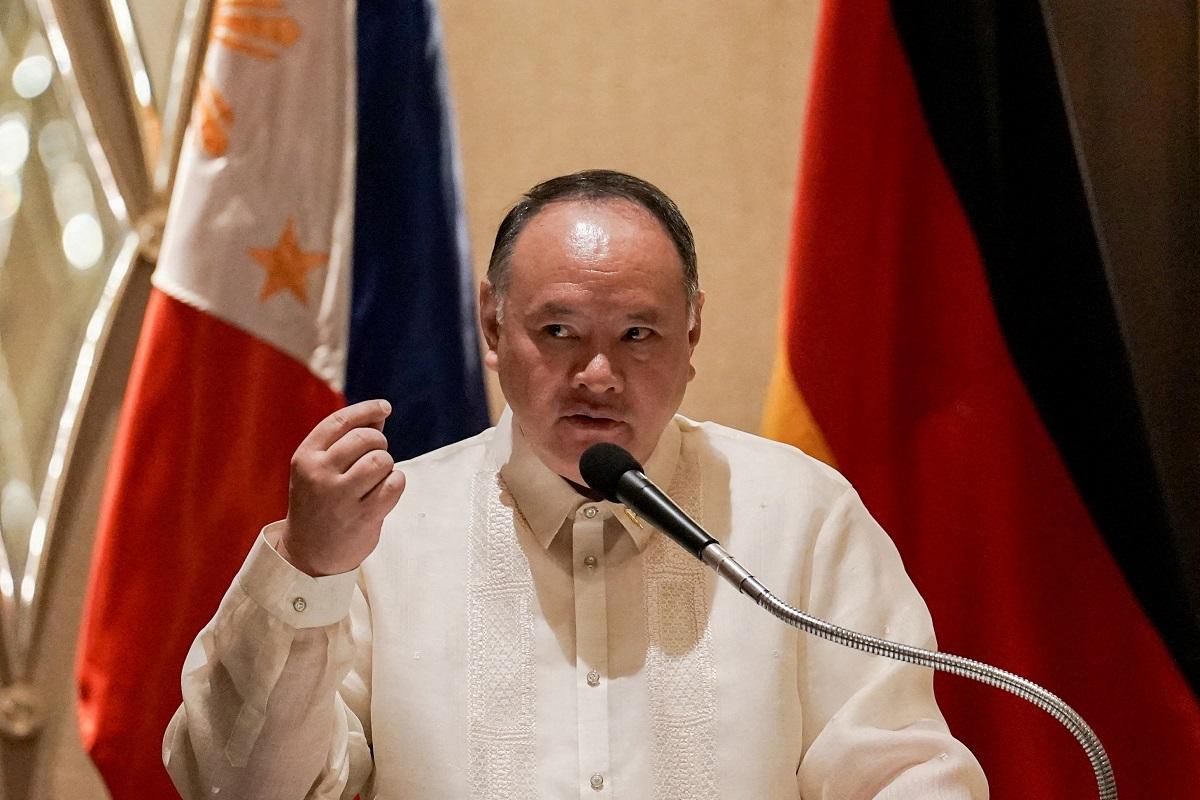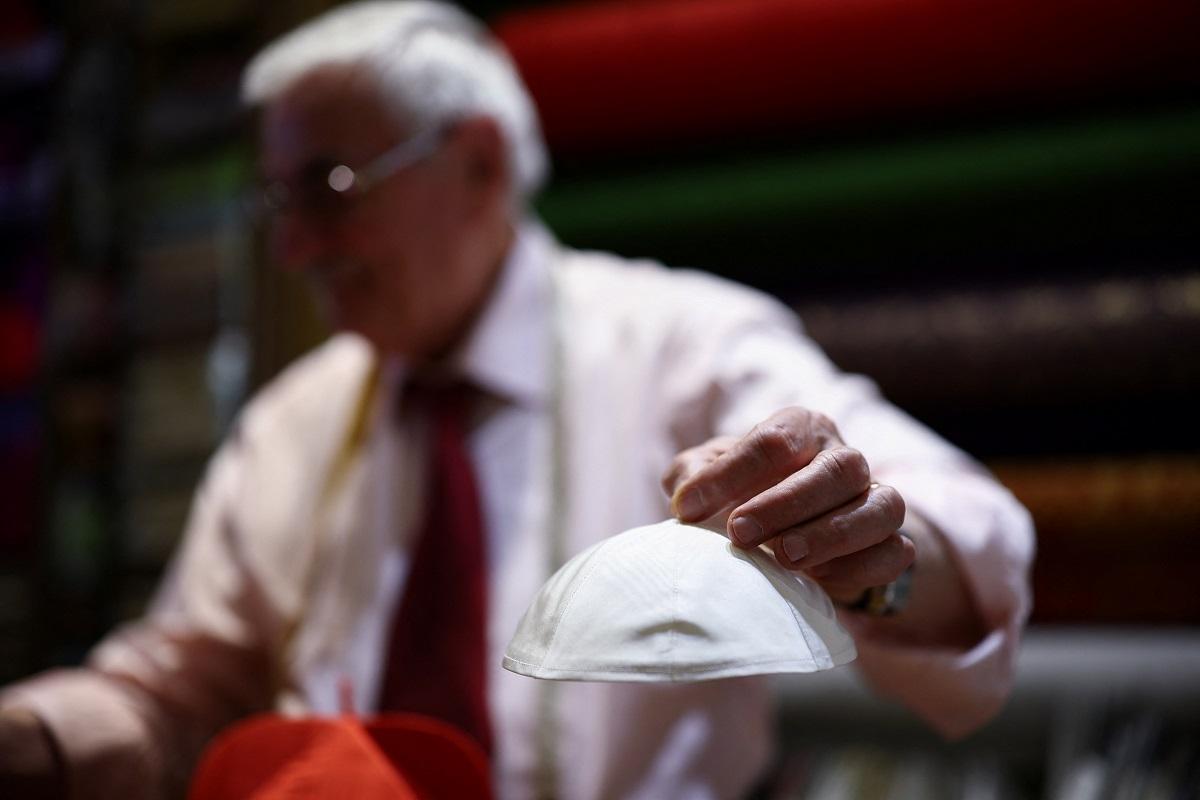Traslacion 2017 lasted more than 20 hours

After more than 20 hours and a procession route that was almost six kilometers long, the annual Traslacion ended early Tuesday morning.
The foot procession, which was participated in by about 1.4 million devotees, began at the Quirino Grandstand early Monday morning and the carrosa bearing the miraculous image of the Black Nazarene weaved through the streets of Manila.
KANINA: Andas ng Itim na #Nazareno2017 nang dumaan sa Globo de Oro bago dumiretso sa ilalim ng Quezon Bridge. @dzbb pic.twitter.com/ZggBSMiyMv
— James Agustin (@_jamesJA) January 9, 2017
The image was brought into the Minor Basilica of the Black Nazarene a few minutes past 3 a.m.
On Monday, officials announced that the procession was traveling ata faster rate and that the miraculous image would be back inside Quiapo Church by midnight.
But the religious activity lasted at least 22 hours and 19 minutes, according to the social media posts of Quiapo Church. The procession could be one of the longest processions in recent history.

"Dungaw" held at the San Sebastian Church, wherein Augustinian Recollect priests led the religious ritual. PHOTO BY DANNY PATA
Along the procession route, the traditional "Dungaw" or the meeting of the suffering Christ with his mother was held at past midnight at the San Sebastian Church in front of Plaza del Carmen. This meeting of the Black Nazarene and the image of the Our Lady of Mount Carmel was officiated by priests from the Order of Augustinian Recollects.
The Traslacion is the re-enactment of the transfer of the image from Intramuros to the Quiapo Church in 1787.
The feast, one of the country's popular religious events, pays homage to the image of a dark skinned Jesus Christ in maroon and gold vestments carrying a cross.
The statue made from dark wood in the 16th century is brought out of the church only three times a year—during the Black Nazarene Feast, Good Friday, and on New Year's Eve. — BAP/KG/ALG, GMA News

Need a wellness break? Sign up for The Boost!
Stay up-to-date with the latest health and wellness reads.
Please enter a valid email address
Your email is safe with us










